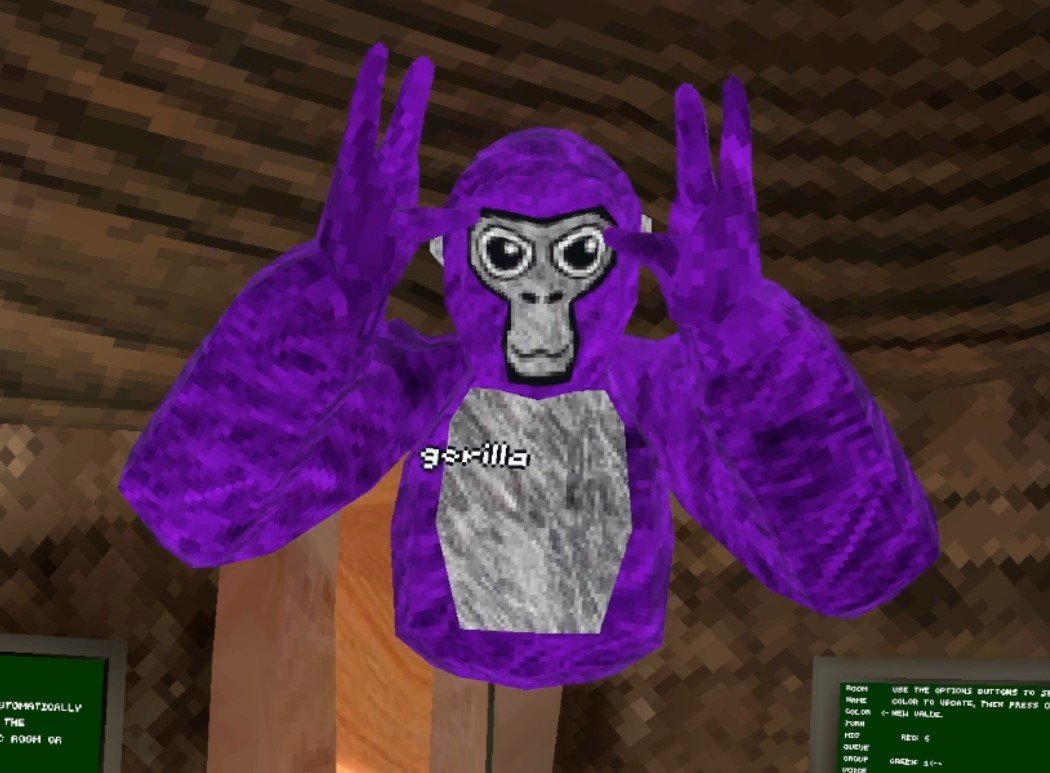Gorilla Tag, the wildly popular VR game, has taken the internet by storm. This immersive experience blends chaotic fun with surprisingly strategic gameplay, captivating millions with its unique blend of parkour, tag, and a healthy dose of primate-inspired antics. From its humble beginnings to its current status as a VR phenomenon, we explore the game’s mechanics, community, and lasting impact on the virtual reality landscape.
The virtual reality game Gorilla Tag, known for its chaotic multiplayer gameplay, has seen a surge in unexpected cross-platform interest. Fans are now discussing potential collaborations, with some speculating about a possible crossover event featuring characters inspired by the anime styles showcased on the wcoanime website. This could add a fresh visual dimension to Gorilla Tag’s already vibrant world, further expanding its appeal to a wider audience.
This article delves into every aspect of Gorilla Tag, from its core gameplay and diverse game modes to its thriving online community and the innovative development choices that have shaped its success. We’ll examine the technical underpinnings, the game’s monetization strategy, and its captivating visual and audio design, offering a comprehensive overview of what makes Gorilla Tag such a unique and engaging experience.
Ultimate Conclusion: Gorilla Tag

Source: squarespace-cdn.com
Gorilla Tag’s enduring popularity stems from its accessible yet strategic gameplay, a vibrant and active community, and a consistently evolving design. While technical limitations exist, the game’s charm lies in its simple yet endlessly replayable nature. The developers’ responsiveness to player feedback and ongoing commitment to updates ensures Gorilla Tag continues to be a fun and engaging experience for VR enthusiasts worldwide, solidifying its place as a true VR classic.
